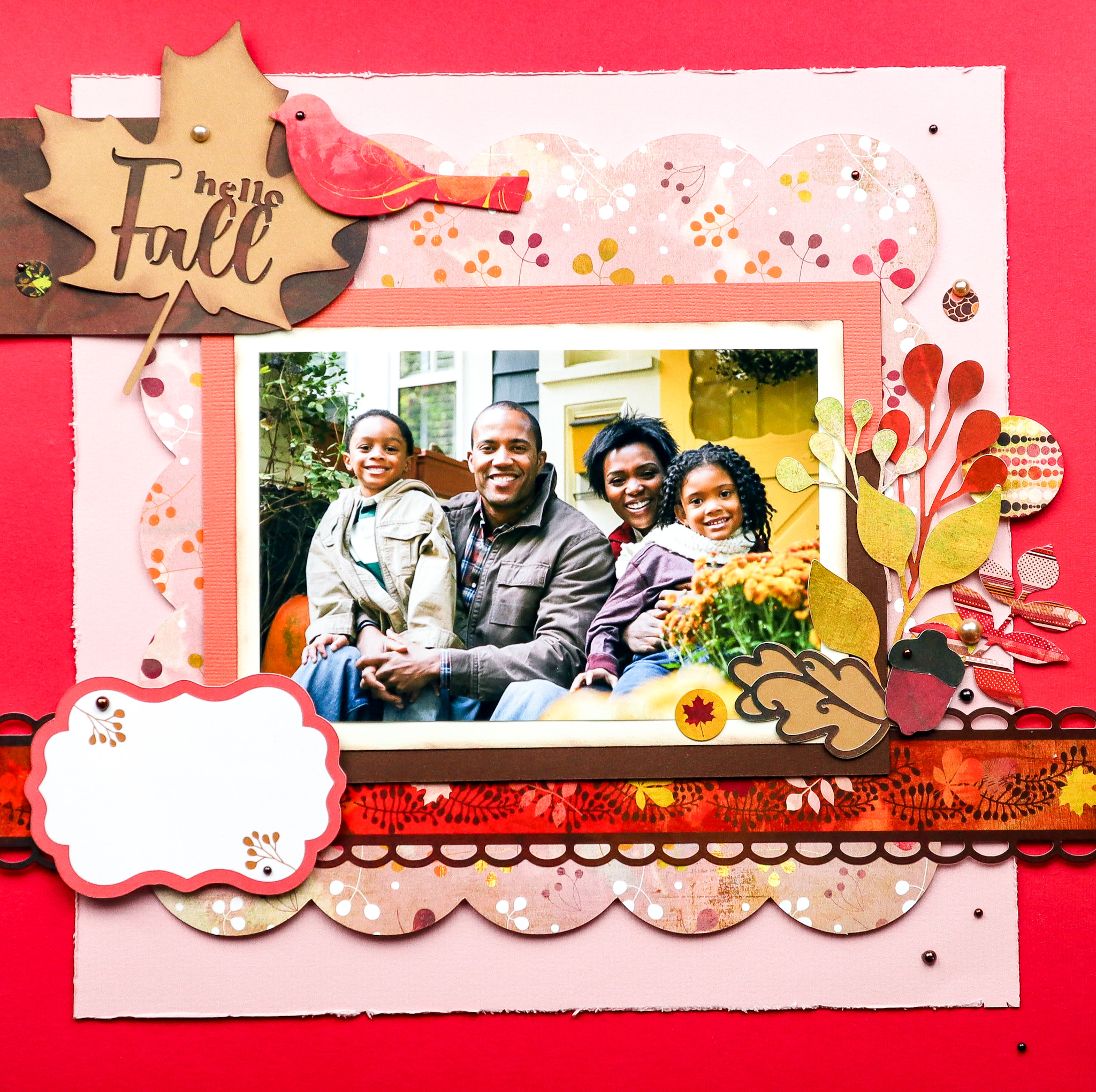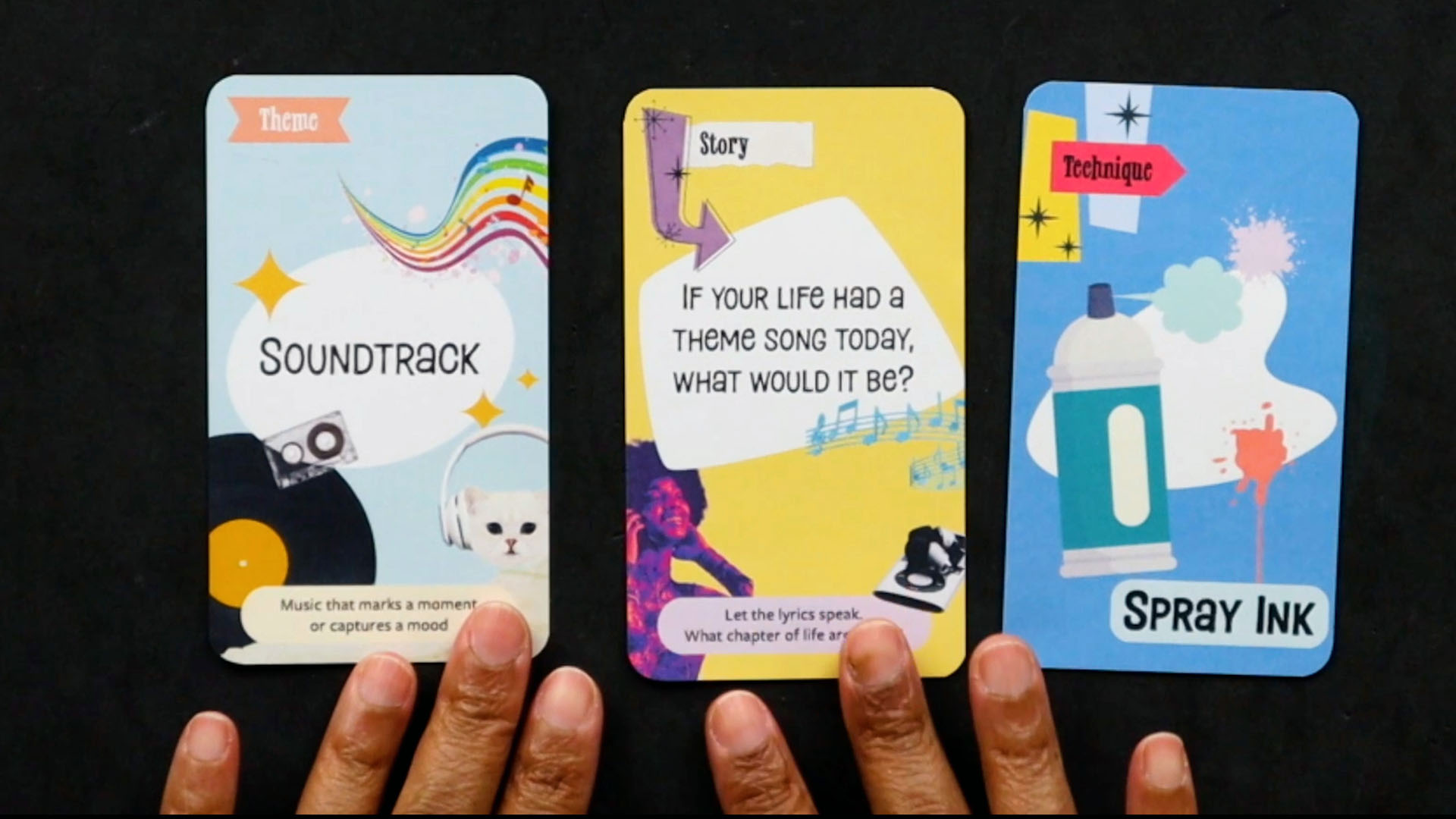
- Sep 26, 2025
What’s the Difference Between Junk Journaling and Scrapbooking? (And Why It Doesn’t Really Matter)
- 0 comments
If you've spent any time online lately, you may have noticed the buzz around junk journaling. It's everywhere—from TikTok videos to features in popular magazines (Rolling Stone, Martha Stewart).

In fact, this video, "How TikTok Ruined Hobbies Like Journaling and Scrapbooking," recently showed up in my feed. There were 1,286 comments where folks were debating the differences between junk journaling and scrapbooking. Bullet journalers and planner people even joined the fray. I got a kick out of everyone saying, "It's this", "No, it's THIS!"
So what is It? The list of labels keeps growing. And you may be thinking, isn't it all the same anyway? Well, let's take a look.
The Different Types of Journaling
Here's a diverse array of the most common types of journaling you may have heard about, each offering its unique form of self-expression and creativity.
Junk Journaling
Junk journaling has exploded on TikTok and Instagram, thanks to its playful mix of scraps, ephemera, found objects, and layered textures. A page might include a coffee sleeve, a train ticket, and a scrap of lace—all glued together in a way that's expressive and totally open-ended. The idea is to reuse objects, rather than purchasing anything new for your pages.
Creative Journaling
Creative journaling blends words with sketches, paint, or collage. It's less about documenting daily life and more about exploring what's on your mind. Many people use creative journaling for self-expression, mental health, or simply as a way to play with materials.

Scrapbooking
Scrapbooking traditionally centered on photos, planned layouts, and embellishments. But modern scrapbooking is shifting—pages can be photo-heavy, photo-light, or even photo-free. Some look like magazines, while others resemble mixed media journals. At its heart, scrapbooking is about memory-keeping and storytelling through visual design.

Bullet Journaling
Bullet journaling (or "BuJo") is equal parts planner and journal. It uses bullet points, trackers, lists, and calendars to organize life. Some people keep their spreads minimal and functional, while others decorate with hand-lettering, washi tape, and illustrations.

Themed Journals
Then there are themed journals that could be just words or a mix of any or all of the above, like travel, food, gratitude, health, fitness, or reading.

The Aesthetic Trap (Thanks, TikTok, YouTube, and Instagram!)
Social media has done wonders for making scrapbooking and journaling more visible. Search "junk journaling" or "scrapbooking" on the various platforms and you'll find thousands of videos or photos filled with dreamy, aesthetic spreads meant to inspire. But the unspoken message becomes: your pages need to look like this to count. And for some people, that translates into "I'm not creative enough to make something like that." Which is sad because they may be missing out on a potentially fulfilling and even healing pastime.
Somewhere along the line, we got the idea that a page isn't "good enough" unless it's Instagram-worthy. And that's not true.
It shouldn't be about external validation. It's not even about perfection—it's about expression. Your messy handwriting, your glue-smudged photo, the crookedly-cut patterned paper—all of that is real life and worth documenting exactly as it is.
Why Labels Don't Matter
So, should you call yourself a scrapbooker? A junk journaler? A bullet journalist? Honestly, it doesn't matter. Labels can inspire you, but they shouldn't box you in.
One day, you might find yourself creating a photo layout, the next, jotting down three things you're grateful for in a lined notebook. The beauty of this practice is its versatility, not the confines of a label.

The most meaningful journals and scrapbooks aren't the ones that follow a template or trend. They're the ones that hold a memory, a feeling, or a story in your own voice. That's what you'll want to look back on. That's what your future self (or family) will cherish.
How to Get Started (Prompts Help!)
If the idea of filling a page feels overwhelming—whether it's in a scrapbook, junk journal, or bullet journal—the easiest way to start is with a prompt.

A prompt is just a nudge: a question, a theme, or an idea that sparks your creativity. From there, you can write, doodle, paste photos, glue scraps, or mix them all together.
That's why I create prompts that you can use on any layout. They're about opening the door to your own creativity and not following any rules.
I've got a few sample prompts for you to try here.
Conclusion: Make It Yours
Your journaling pages or scrapbook layouts don't have to be perfect, polished, or "just-so." They don't have to fit a label. And they certainly don't have to live up to TikTok or Instagram standards.
So whether you call it junk journaling, scrapbooking, bullet journaling, creative journaling, or something else entirely—know this: your story matters. It's unique, it's important, and it deserves to be told your way.
What about you—what do you call your practice? Share in the comments!